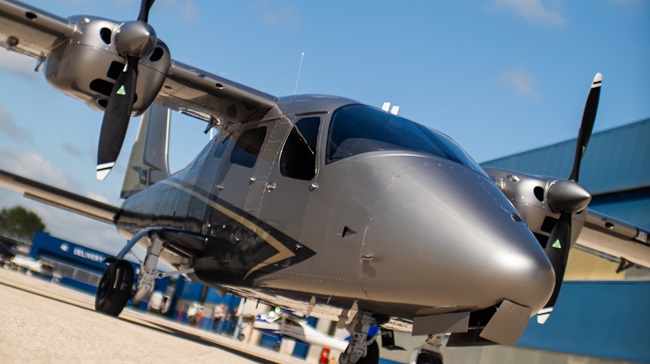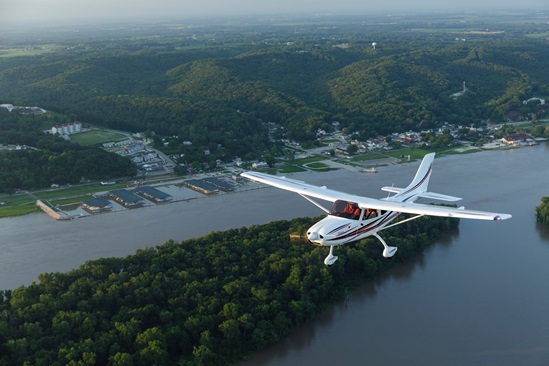Ron Corbi was told it couldn’t be done.
The co-founder of Ohio-based Corbi Air, sole distributor of the Corbi Alto LSA, said the notion that a 1,320-pound aircraft could be equipped with an air conditioning system, much less a liquid-refrigerant-based, electronically controlled cooling system, was met with skepticism.
“Two years ago when I came up with (the idea that) I wanted air conditioning, everybody laughed at me,” Corbi recalled.
Working with Colorado-based Air Management Technology, Corbi introduced the world’s first air-conditioned LSA at AirVenture in 2011. A working bench model of the AMT vapor cycle air conditioning system will be on display at the U.S. Sport Aviation Expo Jan. 19 through 22 in Sebring, Fla. Corbi said the Alto remains the world’s only air-conditioned LSA, but he doesn’t expect that distinction to last. With a typical installation weighing less than 35 pounds (including the dedicated 24-volt alternator), the AMT system can be added to a wide range of experimental and LSA models. That early laughter has been replaced by desire.
“We have two or three other companies right now that are asking for it,” Corbi said.
Corbi Air is the exclusive distributor in the Americas of the Alto, made in the Czech Republic by Direct Fly and designed for flight training and recreational flying. Corbi has also inked an experimental and LSA market distribution deal for the air conditioning system, able to lower the cockpit temperature by 20 degrees Fahrenheit during ground operations. That is particularly welcome news to flight instructors who spend long days in hot cockpits.
The air conditioner itself weighs about 22 pounds, Corbi said, and the 70-amp, 24-volt alternator installed in the Alto draws 1.5 hp from the 100 hp Rotax 912S engine, supplying about twice the peak power demanded by the air conditioner. Corbi said air conditioned Altos are placarded with instructions to turn the air conditioner off during takeoff to keep maximum power available.
“Even though it’s only one and half (horsepower), maybe that’s the one and a half you need,” said Corbi, a retired airline pilot.
Corbi said the blower can quickly clear canopy condensation, an added benefit he put to use on a recent flight to Sebring, Fla., to prepare for the Expo. Owners seeking to retrofit should contact their manufacturer, who will make the determination if the retrofit is feasible for a particular aircraft, Corbi said. The alternator was installed in the Alto with a standard Rotax kit, with little modification required.
“I think you’re going to see a lot of them come on board,” Corbi said. “Especially the metal aircraft.”
The bench model will be on display at Space 208 at the Expo, helping Corbi overcome his biggest marketing challenge: disbelief.
“One of the biggest problems I have, they can’t believe that it’s really a Freon-based … air conditioning setup,” Corbi said.


